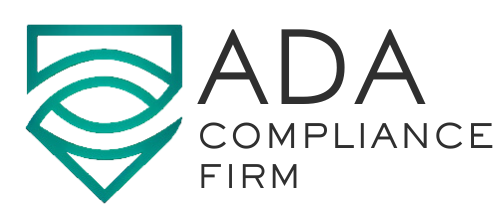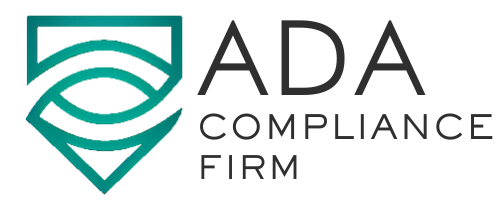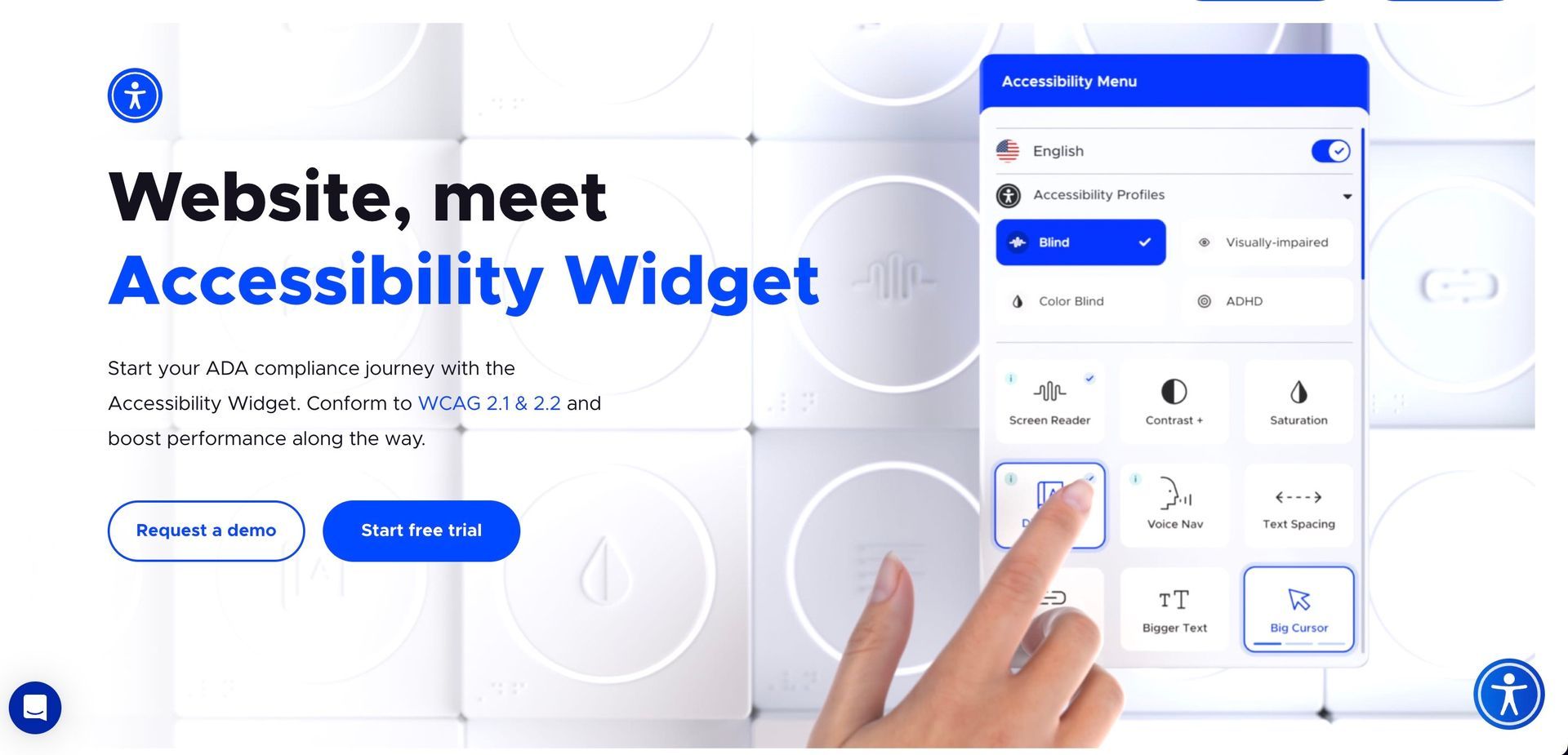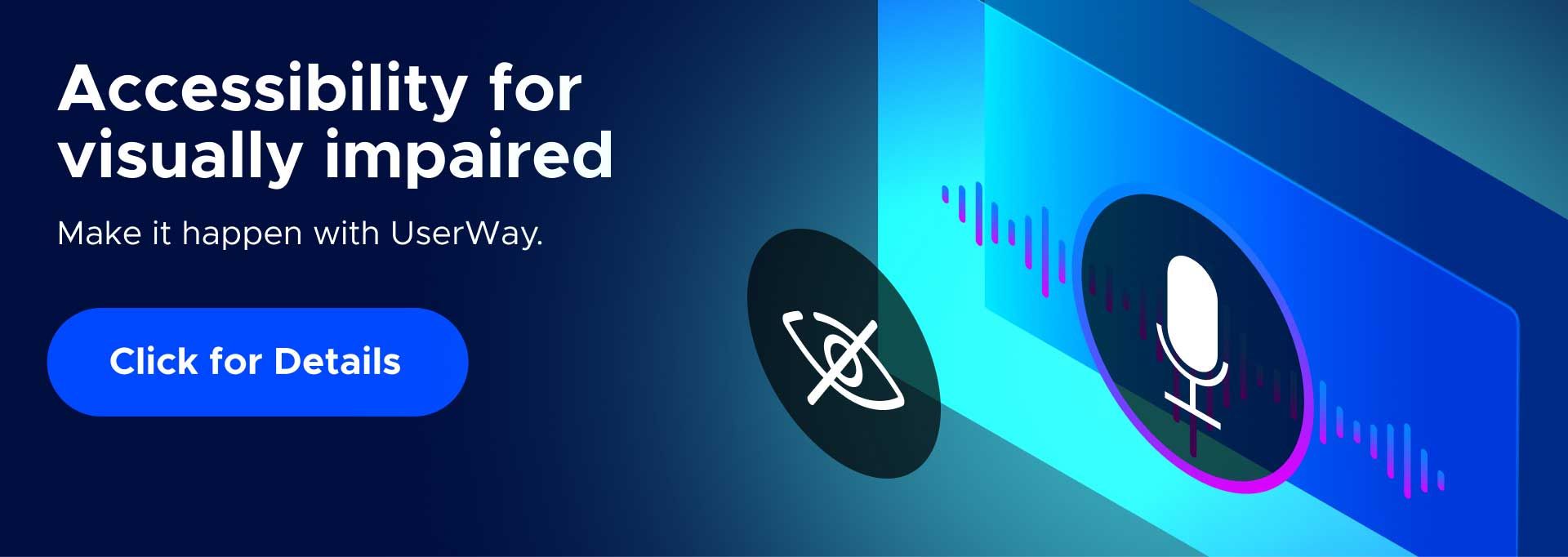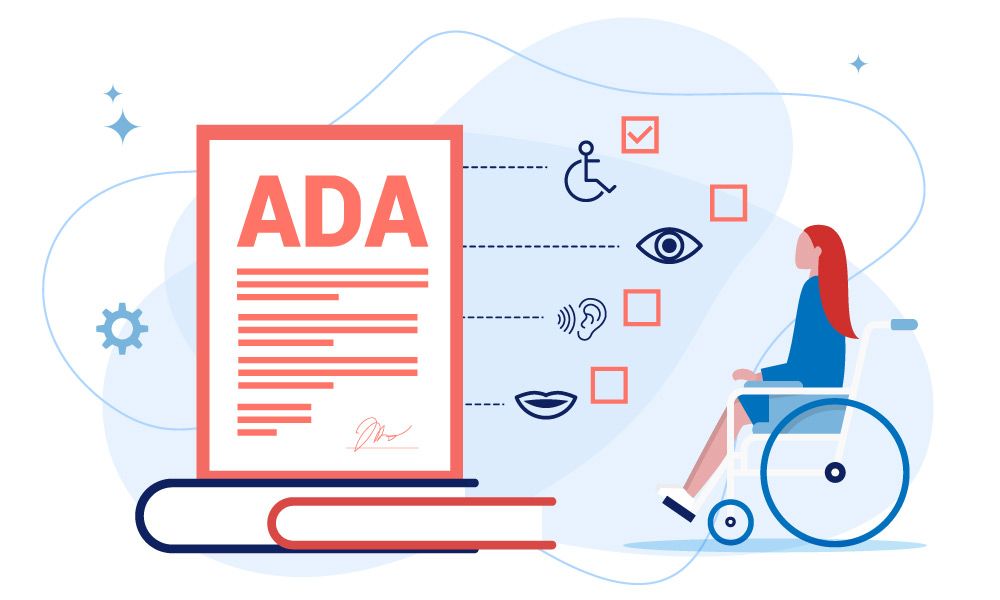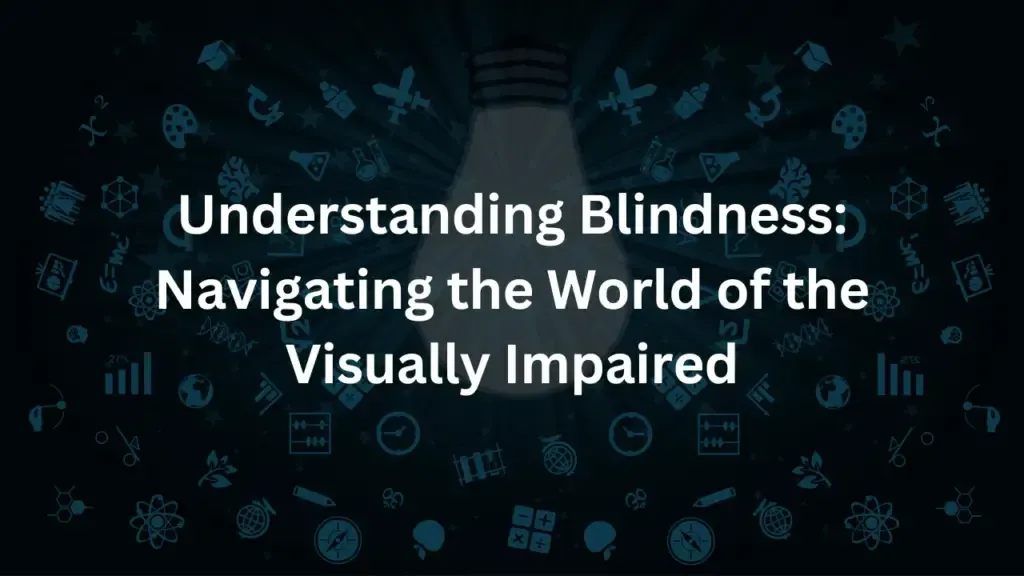Understanding Dyslexia: A Comprehensive 14 Step Guide
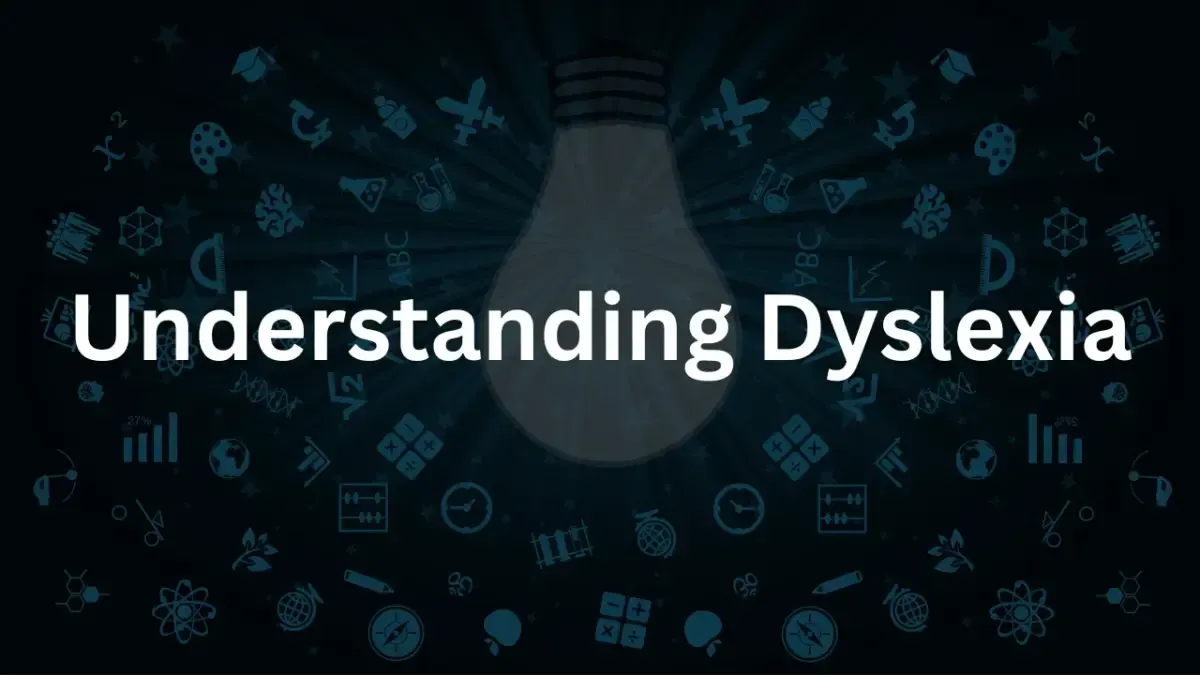
Dyslexia is a common learning difficulty that can cause problems with reading, writing, and spelling. Unlike a learning disability, intelligence isn’t affected. It’s estimated that up to 1 in every 10 to 20 people in the United States has some degree of dyslexia. Understanding this condition is crucial for recognizing the symptoms early and providing the right support.
What Is Dyslexia?
- Dyslexia is a specific learning disability in reading. People with dyslexia have trouble reading accurately and fluently.
- They might also have trouble with reading comprehension, spelling, and writing.
- Dyslexia is a neurological condition, not a result of poor teaching, instruction, or upbringing.
Common Misconceptions about Dyslexia
- Dyslexia is not related to intelligence. People with dyslexia have normal intelligence and usually have normal vision.
- It’s a myth that dyslexic people see letters and words backward or upside down.
Signs and Symptoms of Dyslexia: Recognizing the Early Indicators
Recognizing the signs of dyslexia, especially early in life, is essential. Early assessment and intervention can lead to a much more favorable outcome for the individual.
Early Signs in Preschool
- Difficulty learning to speak
- Trouble learning letters, numbers, colors, or how to spell and write their name
- Difficulty in rhyming
Signs in School-Aged Children
- Reading well below the expected level for age
- Problems processing and understanding what they hear
- Difficulty finding the right word or forming answers to questions
- Problems remembering the sequence of things
- Difficulty spelling and learning new words
Signs in Teenagers and Adults
- Continued problems with reading, spelling, and understanding complex texts
- Avoidance of activities that involve reading
- Mispronouncing names or words, or problems retrieving words
The Science Behind Dyslexia: Understanding the Causes
While the exact cause of dyslexia isn’t fully understood, research has identified several factors that may contribute to its development.
Genetic Influences
- Dyslexia often runs in families. About 40% of siblings of individuals with dyslexia will also experience similar reading challenges.
Brain Anatomy and Function
- Brain imaging studies have shown differences in the way the brain of a person with dyslexia develops and functions.
- People with dyslexia use different parts of the brain when reading than those without the condition.
Environmental Factors
- Though less impactful than genetic factors, the environment in which a child grows up can influence the severity of dyslexia.
Tackling Dyslexia: Effective Strategies and Support Systems
Overcoming the challenges posed by dyslexia requires a multifaceted approach involving education, support, and sometimes therapy.
Educational Interventions
- Structured literacy programs can be particularly effective. These programs emphasize the understanding and use of the phonetic structure of words.
- Multisensory instruction methods, which engage more than one sense at a time, can also be beneficial.
Technology and Tools
- Text-to-speech and speech-to-text software can aid in reading and writing.
- Audiobooks and e-readers with dyslexia-friendly fonts can make reading more accessible.
Support and Accommodations
- Schools can provide accommodations, such as extra time on tests or the option to give oral rather than written answers.
- Emotional support from teachers, parents, and peers is crucial for building confidence and coping with dyslexia.
Conclusion and Resources
Understanding dyslexia is the first step towards supporting individuals who have this learning difference. With the right strategies and support, people with dyslexia can lead successful and fulfilling lives.
Join our newsletter
Recent Blog Posts
